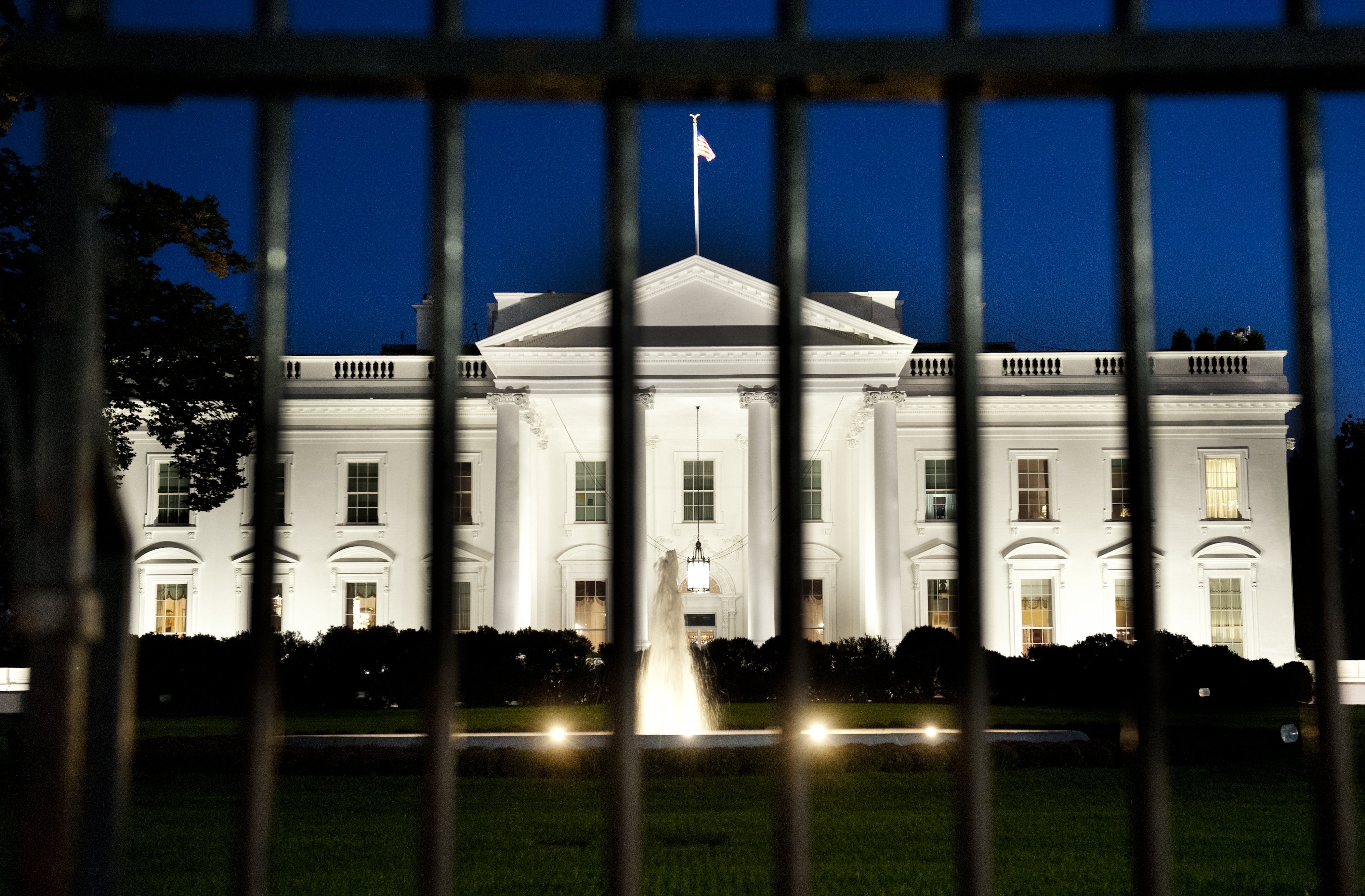WASHINGTON — The White House is asking Congress to keep budget chaos from upending the Navy’s plans to begin detailed design and construction work on two Columbia-class ballistic missile submarines, according to a document obtained by Defense News.
Barring congressional intervention, the Navy would not have the money or authorization to begin work on the boats the Navy announced in June as part of a planned $10.4 billion contract with General Dynamics Electric Boat.
The two-boat buy constitutes a “new start,” and thus would not be authorized under a stopgap spending measure if Congress fails to pass a budget.
But the White House has asked Congress for an exemption for the Columbia class and dozens of other items from the normal restrictions on a stopgap funding measure. Those restrictions bar new starts and freeze 2020 funding levels.
The House and Senate are in talks to pass a continuing resolution before fiscal 2020 ends Sept. 30 in order to prevent a government shutdown. Congress has stalled on a new coronavirus relief package, and only the House has passed appropriations bills, which means Congress will need more time to pass an FY21 appropriations package.
RELATED

Beyond Columbia, the White House is also seeking flexibility for the nuclear weapons and new Space Force accounts, as well as authority to start the new submarine-launched nuclear warhead known as the W93 — along with select agriculture, homeland security and other federal programs.
The House and Senate have authorized W93, which would be launched from the Columbia, but House appropriators voted to block early development of the W93, which suggests lawmakers may not agree to the anomaly. The W93 is the first new American warhead design in decades.
The White House also asked to set up several accounts for the new Space Force — with $2.6 billion for operations and maintenance; $10.3 for research, development, test and evaluation; and $2.2 billion for procurement — by tapping into corresponding Air Force accounts. The White House argued that moving the money by other means would burden the new service with administrative work.
The White House is asking for the ability to move funding between nuclear weapons accounts: the Los Alamos Plutonium Pit Production Project, the Lawrence Livermore National Laboratory Emergency Operations Center; the 138kV project to replace power lines at the Nevada National Security Site, and the W87-1 program to modernize intercontinental ballistic missile warheads.
No room for delays
For Columbia, congressional inaction on a budget could drive delays into a program that the Defense Department and Congress have pushed off to the point where if almost everything doesn’t go right and happen on time, the U.S. might not have enough boats to meet its continuous strategic deterrent mission.
The Navy’s June announcement of the two-ship contract detailed an award of $869 million to Electric Boat to complete design work on the subs as part of a contract modification. The announcement also established the Navy’s intent to award an additional $9.5 billion for the first two hulls, but the contract is waiting on Congress to pass an FY21 budget.
“The intent would be to award that option as soon as possible after the FY21 appropriation to ensure we keep this No. 1 priority on track,” James Geurts, the Navy’s assistant secretary for research, development and acquisition, said during the June announcement. “That will allow us to begin full-rate construction of the first ship, begin advanced construction on the second ship, with the intent of beginning construction of the second ship in 2024.”
The Columbia, the Navy’s first new class of ballistic missile submarine since the 1970s, is slated for delivery in 2028 and its first patrol in 2031, which is a tight turnaround for such a complicated ship with several new technologies. The Navy plans to buy 12 ships all together.
The Navy has repeatedly said the Columbia is the service’s top acquisition priority and that keeping it on track is non-negotiable. In comments last year, the Navy’s top officer said the current Ohio-class subs must be replaced on time.
“The seaborne leg of the triad is absolutely critical,” Adm. Michael Gilday said at a U.S. Naval Institute forum. “By the time we get the Columbia into the water, the Ohio class is going to be about 40 years old. And so we have to replace that strategic leg, and it has to come out of our budget right now. Those are the facts.”
The latest assessment puts the cost of the 12 planned Columbia-class subs at $109 billion, according to the Congressional Research Service.
David B. Larter was the naval warfare reporter for Defense News.
Joe Gould was the senior Pentagon reporter for Defense News, covering the intersection of national security policy, politics and the defense industry. He had previously served as Congress reporter.








